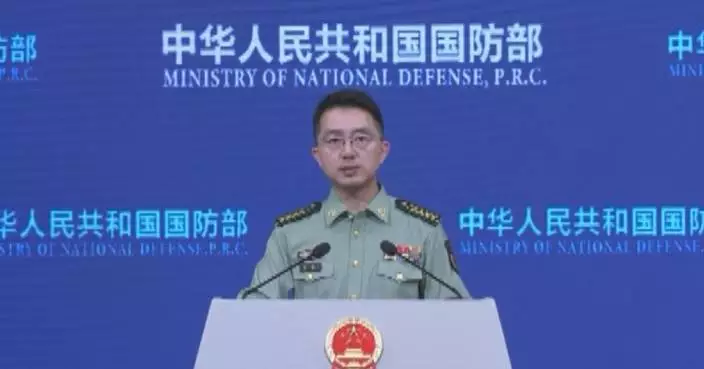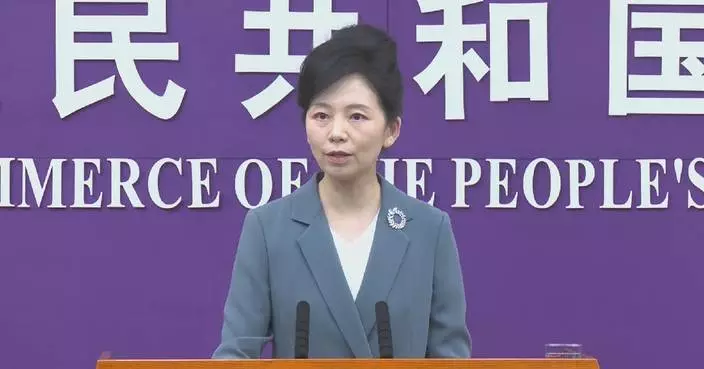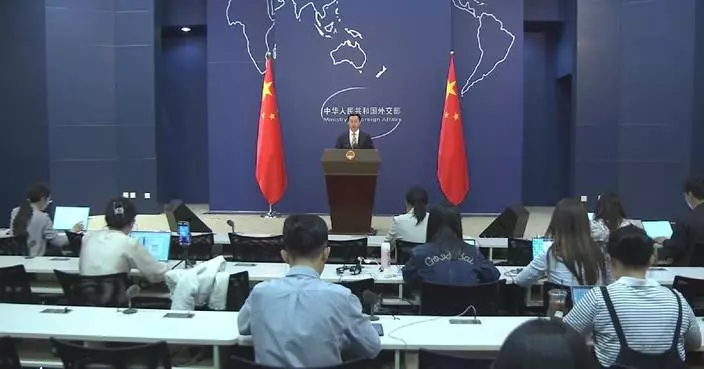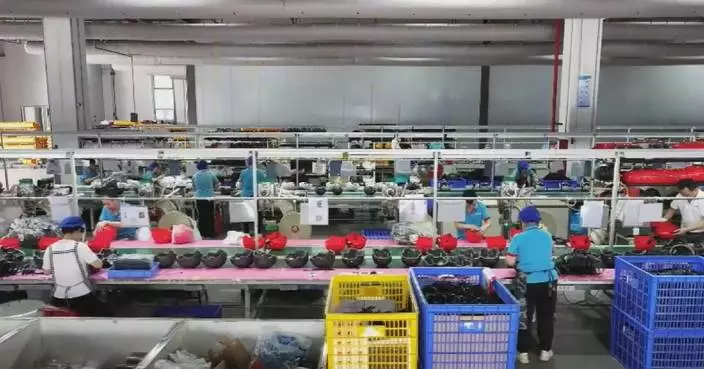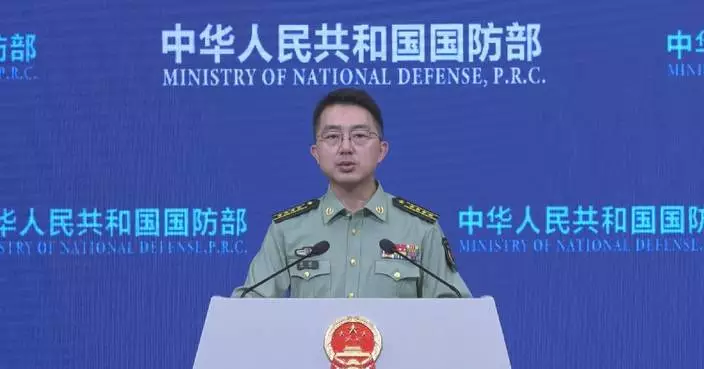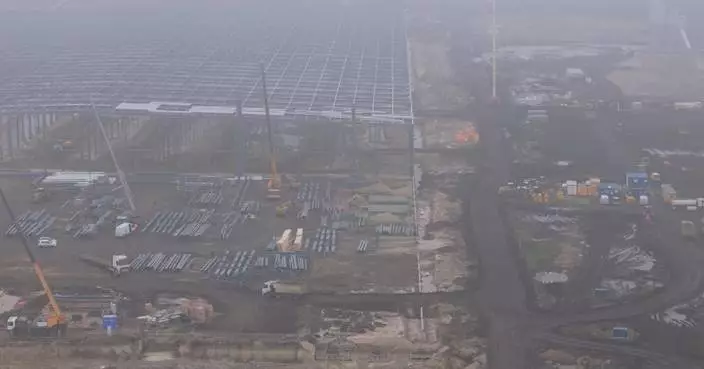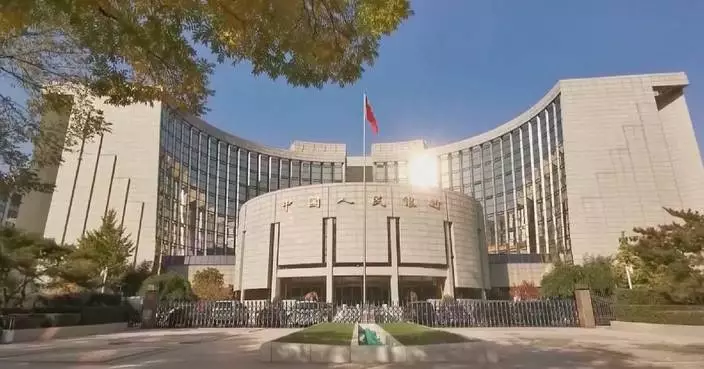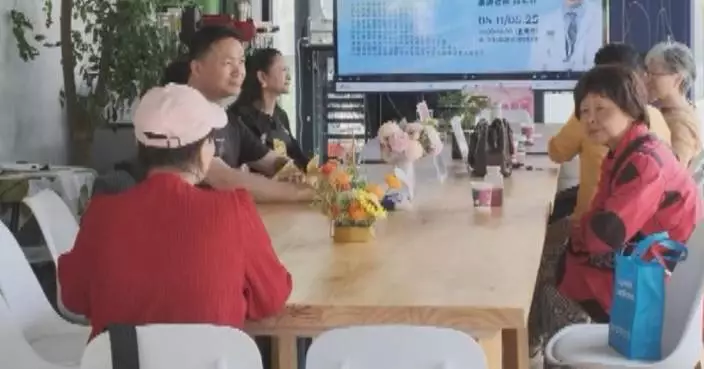As Typhoon Gaemi moves further inland and northward, accompanied by heavy rains, China's State Flood Control and Drought Relief Headquarters has escalated emergency responses in flood-prone provinces including Liaoning in the northeast.
The typhoon, the third of the year, made its second landfall in Putian City of east China's Fujian Province Thursday evening.
In Shenyang city, the provincial capital, persistent heavy rains have caused waterlogging on several roads, disrupting traffic in parts of the city. Local authorities have swiftly initiated drainage efforts to restore normal traffic flow.
As of Friday afternoon, traffic conditions in Shenyang had significantly improved, though some sections still experienced waterlogging. To expedite drainage efforts, authorities have deployed 25 rubber dams at lower heights and activated 61 pump stations across the city.
In Panjin city, 102 pump stations are currently operational, and personnel have been deployed to patrol and monitor the five underpasses in the city.
"We have implemented comprehensive patrols and intensified monitoring at key locations, including low-lying road junctions, road sections and bridges," said Wang Bingren, deputy leader of the traffic police division of Panjin Public Security Bureau.
Other departments in the province have also activated flood-response efforts. Maritime authorities have issued meteorological warnings and intensified patrols at ports, construction sites near water bodies, and water parks to alert crews about wind prevention measures.

Liaoning escalates emergency response as typhoon Gaemi moves northward
Starting this year, the China International Fair for Trade in Services (CIFTIS) will feature a fixed schedule and venue, with a focus on showcasing cutting-edge technologies such as AI and humanoid robots, as announced during Thursday’s press conference in Beijing.
The 2025 CIFTIS will be held from Sept 10 to 14 at the Shougang Park in Beijing. This year's fair will highlight the latest trends in service trade development and will hold a global service trade summit, exhibitions, forums, business negotiations, achievements releases, among other supporting activities.
"In order to further stabilize the expectations of exhibitors and visitors, starting from this session, the CIFTIS will be held annually on the Wednesday of the second week of September, lasting for five days. The venue will also be permanently fixed at the Shougang Park," said Yin Liang, deputy director of the Beijing International Trade in Services Affairs Center.
Australia, as the guest of honor, will form the largest service trade delegation since the launch of CIFTIS.
Over 30 countries and international organizations, including Norway, Japan, and the World Intellectual Property Organization, have expressed their intention to set up exhibitions and hold events. Among them, Canada will participate for the first time by setting up an online exhibition under its government's name.
"In terms of thematic exhibitions, this year's CIFTIS will continue the nine major themes from previous years while aligning with the development trends of service trade. The focus will be on showcasing solutions in the service trade sector, highlighting technologies and applications such as AI and humanoid robots, and promoting Chinese service products and brands," said Yin.
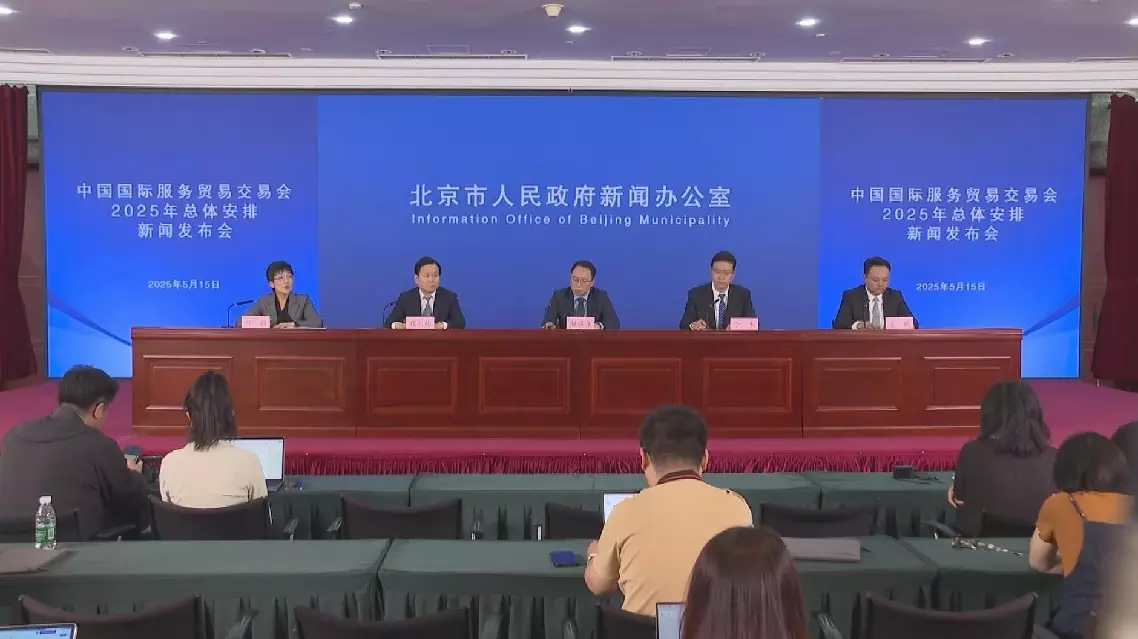
Beijing's CIFTIS unveils schedule, venue for future editions





